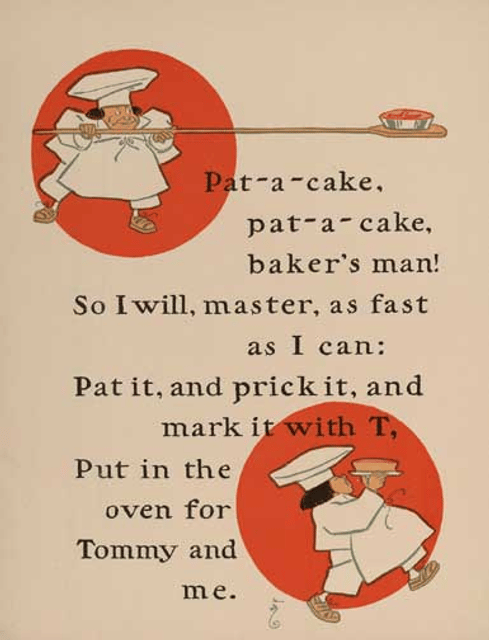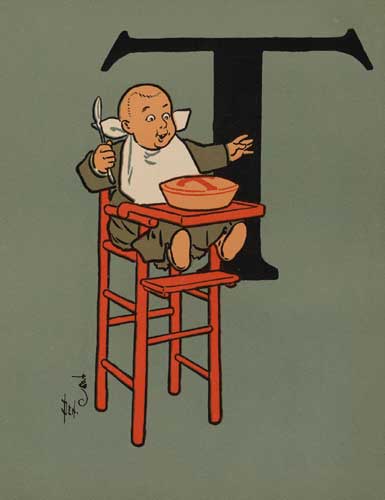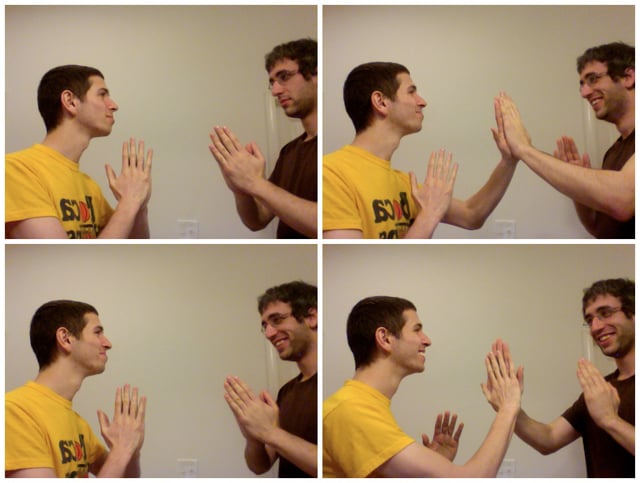Pat-a-cake, pat-a-cake, baker's man

Pat-a-cake, pat-a-cake, baker's man

| "Pat-a-cake, pat-a-cake, baker's man" | |
|---|---|
| Nursery rhyme | |
| Published | 1698 |
| Songwriter(s) | Unknown |
| "Pat-a-cake, pat-a-cake, baker's man" | |
|---|---|
| Nursery rhyme | |
| Published | 1698 |
| Songwriter(s) | Unknown |
Verse

Tommy (or me), according to Denslow
- Pat-a-cake, pat-a-cake, baker's man.Bake me a cake as fast as you canPat it, and prick it, and mark it with "B"And put it in the oven for Baby and me!
Origins
The earliest recorded version of the rhyme appears in Thomas D'Urfey's play The Campaigners from 1698, where a nurse says to her charges:
...and pat a cake Bakers man, so I will master as I can, and prick it, and prick it, and prick it, and prick it, and prick it, and throw't into the Oven.
The next appearance is in Mother Goose's Melody (c. 1765) in the form:
- Patty Cake, Patty Cake,Baker's Man;That I will Master,As fast as I can;Pat it and prick it,And mark it with a T,And there will be enough for Tommy and me.[2]
Marking pastry or baked goods with an identifiable mark may stem from a time when households without an oven of their own could have brought their items to a local baker or bake house, paying to have their items finished for a small fee. Marking the pastry would have been a way to ensure the return of the proper item. [3]
Tune

A common style of playing pat-a-cake.
The earliest version set to music appears in 'A Christmas Box' by James Hook, published in 1796. [4]
Game
The rhyme often accompanies a clapping game between two people. It alternates between a normal individual clap by one person with two-handed claps with the other person. The hands may be crossed as well. This allows for a possibly complex sequence of clapping that must be coordinated between the two. If told by a parent to a child, the "B" and "baby" in the last two lines are sometimes replaced by the child's first initial and first name.[2]
See also
List of nursery rhymes